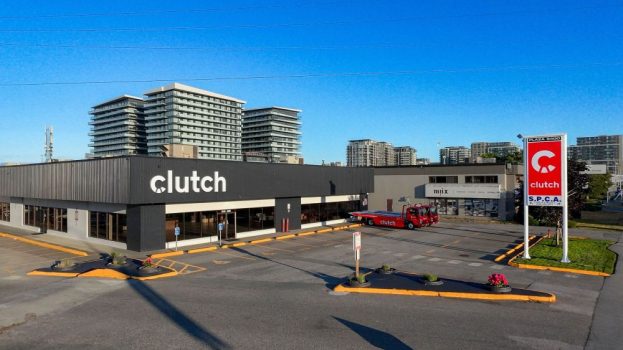By Andrew Au
Amazon is the 800-pound guerrilla in almost every industry, from books to grocery to cloud services. Since its IPO 22 years ago, the company has gained over 130,000% in value.
Analysts are constantly evaluating what trillion-dollar industries Amazon will disrupt next. According to analyst D.A. Davidson, travel and gas stations are next on the list. But, I believe automotive may be closer than we think.
In 2016, Amazon launched Amazon Vehicles, a car research platform where people can view thousands of cars and get extensive information on features, model comparisons and recall information. Today, it serves as a digital showroom that directs customers to local dealerships to make the purchase. In July last year, Hyundai became the first auto manufacturer to create a digital showroom on Amazon Vehicles, allowing customers to compare pricing, read reviews, book test drives and check local dealer inventories.
Today’s universal truth is that what can be automated, will be automated. The car buying experience needs to evolve to embrace modern commerce. Dealerships can’t rely on local laws to force customers to buy through them forever. Eventually, the dam will burst requiring them to build true customer loyalty vs. forced customer dependency.
But, it isn’t all doom and gloom. Dealerships can evolve their sales process using modern commerce solutions that allow them to offer the same level of speed and transparency that customers have come to expect from their Amazon purchases.
Based in L.A., Longo Toyota is the world’s largest car dealership and the number one performing Toyota store for 50 consecutive years. Over the last decade, it has been working to digitally transform the buying journey for their customers. Powered by the Roadster platform, a digital retailing tool, customers can browse their inventory of vehicles through a similar Amazon-like user experience.
Today, Longo Toyota customers can complete the entire buying process online from vehicle selection to vehicle financing. Customers can also start the buying journey online and complete their transaction at the dealership. Or, they can start at the dealership to see the vehicle, understand payment options, and get a trade-in value estimate and then complete the deal at home with complete continuity.
This omnichannel approach not only offers greater customer convenience, it also empowers sales reps to sell higher margin accessories and service plans to a receptive customer who hasn’t been stuck at the dealership for hours.
Longo Toyota didn’t just procure a shiny new tool; it committed to transformation by using its modern commerce platform for every single transaction and investing in development programs to support employees with change management. By doing so, close rates improved by 2x.
Marketers need to come to grips with the fact that we are no longer in the driver seat of the customer journey. We are the co-driver, helping customers navigate the sea of information that’s out there. As the sales process digitally transforms, we need to work closely with our sales counterparts to ensure our content and engagement strategies are still relevant within the modern buying journey.
 Andrew Au is the co-founder of Intercept Group, a marketing consultancy with offices in Toronto and Boston.
Andrew Au is the co-founder of Intercept Group, a marketing consultancy with offices in Toronto and Boston.
























